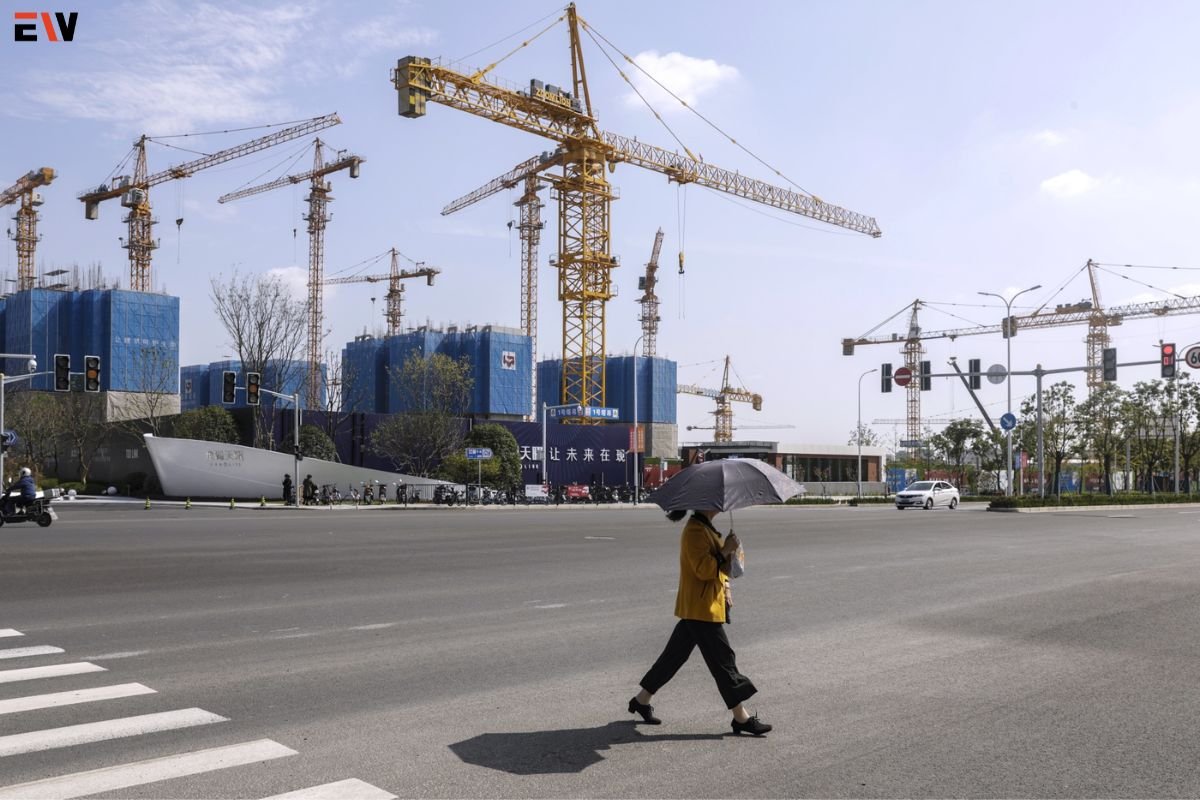Source – Bloomberg
Industrial Output Exceeds Expectations, Retail Sales Sluggish
China’s economic performance in April showcased a complex picture, with factory output surpassing forecasts, driven by robust external demand. However, retail sales unexpectedly slowed, casting a shadow over domestic consumption. The persisting challenges in the property sector continue to weigh on the economy, prompting calls for further support measures from Beijing.
Industrial Output Surges, Retail Sales Falter
Data from the National Bureau of Statistics revealed that industrial output surged by 6.7% year-on-year in April, accelerating from the previous month’s pace and surpassing analyst predictions. Despite this positive momentum, retail sales grew by a mere 2.3%, marking the slowest increase since December 2022 and falling short of expectations.
Property Sector Woes Persist
The ongoing crisis in the property sector remains a significant concern, with new home prices experiencing their sharpest decline in over nine years. Regulatory interventions have yet to yield the desired results, prompting authorities to announce new measures, including local government purchases of apartments and efforts to expedite the completion of unfinished homes.
External Demand Strengthens, Overcapacity Concerns Loom
While exports have remained a bright spot, uncertainties persist, especially with regard to U.S. trade policies. The recent tariff increases on Chinese exports, coupled with concerns over industrial overcapacity, pose challenges to China’s economic stability. Growth in key sectors like 3D printing equipment and new energy vehicles highlights potential areas of contention in international trade relations.
Calls for Increased Policy Support
Amidst these challenges, policymakers face mounting pressure to bolster domestic demand and stimulate economic growth. Analysts suggest that further stimulus measures may be necessary to achieve the ambitious growth targets set for 2024. Speculations about potential rate cuts and the issuance of ultra-long special treasury bonds underscore the urgency of addressing economic headwinds.
Despite improvements in the job market, consumer spending remains uncertain, signaling potential challenges ahead. While the tightening labor market could provide a boost to consumption, the overall economic outlook suggests a looming slowdown, emphasizing the need for proactive policy interventions to sustain momentum.
In conclusion, China’s economic data for April presents a nuanced narrative of recovery and challenges. While industrial output shows resilience, sluggish retail sales and persistent property sector woes underscore the complexity of the country’s economic landscape. With uncertainties looming on the global stage, policymakers face the imperative of implementing robust measures to navigate the road ahead.










